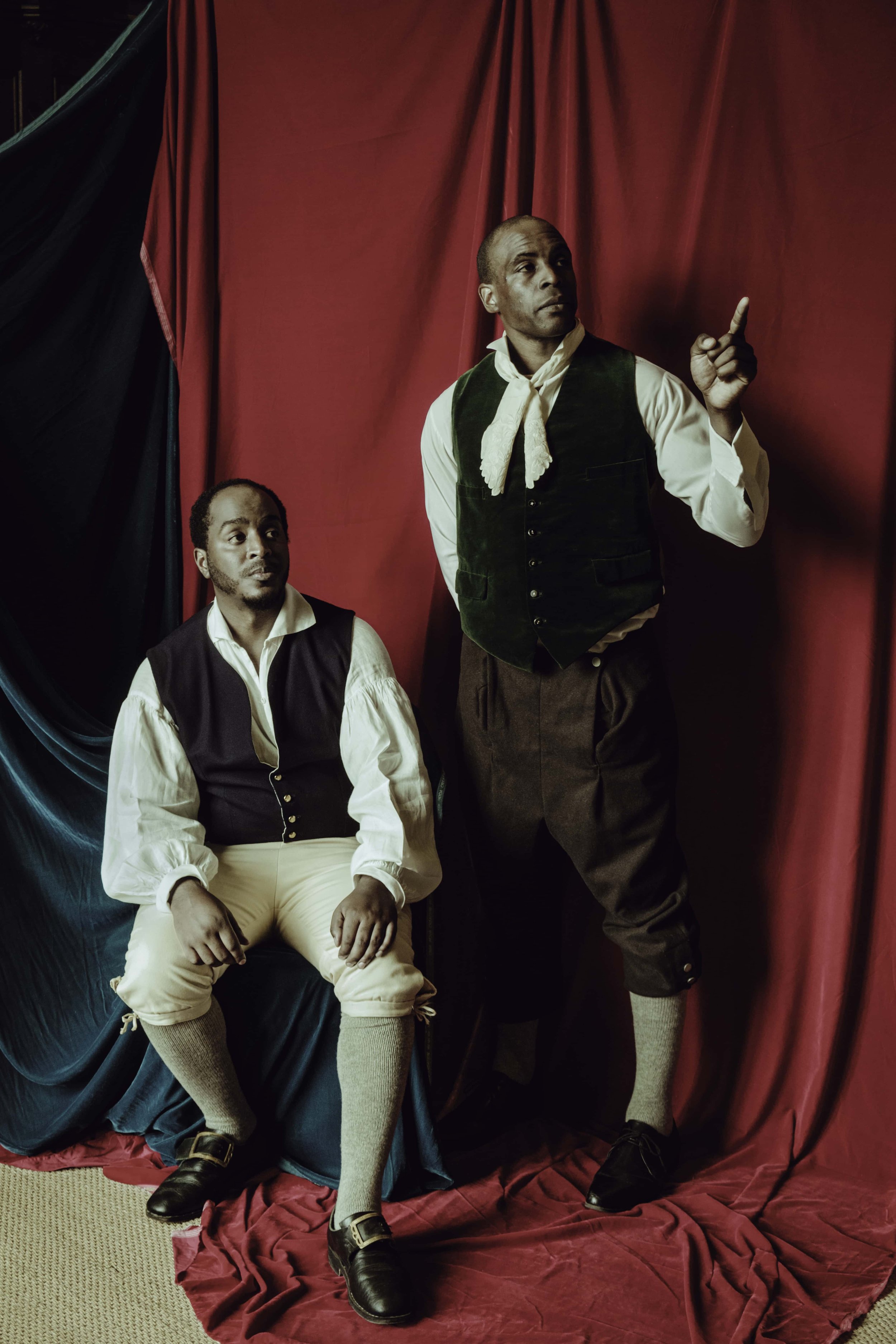Black Pugilists of Newstead
The life and times of Bill Richmond & Tom Molineaux
Tom Molineaux
Born into slavery in the US State of Virginia on March 23rd 1784, Tom Molineaux was said to have earned his freedom, and $500, from winning a staged fight on a plantation. Upon obtaining his freedom he was said to have made his way to New York in 1804, and in 1809 Molineaux left the US t.o come to England in hopes of earning money as a prize fighter.
Once in London, Molineaux made contact with Bill Richmond, also an ex-slave-turned-prize-fighter, who agreed to train and nurture him.
Lord Byron, like many young gentleman of the time, adored the world of pugilism (bare knuckle boxing).
Between 1811-14 Lord Byron decorated his dressing screen with images of prize-fighters and articles from the famed ‘Boxania’, a popular pugilist publication of the day.
It is from the first volume of Boxania where Byron obtained the illustration of Tom Molineaux who his prominent on the front of the 6-foot high screen.
Molineaux rose to fame and high acclaim after his two fights against Tom Cribb, the champion of England, in 1810 and 1811. Although Molineaux lost both of these fights, he became cemented in the history of pugilism. He went on to have four more fights winning three of the four fights and in 1815 he retired from prize-fighting, choosing to show his sparring talents at exhibitions throughout Scotland and Ireland, where he was last seen, up until 1817.
During this time Molineaux suffered from tuberculosis. Molineaux died penniless in Galway, Ireland in 1818 at 34 years old.
Career Record 1810 - 1815, 5 wins, 3 losses, 1 Draw.
______________
Bill Richmond
Bill Richmond is an incredibly fascinating character. Quite possibly ‘The worlds’ first black sporting celebrity’. He was born into slavery in Richmondtown, New York on August 5th, 1763, Bill Richmond was just 14 when British military commander, Earl Hugh Percy witnessed him in a tavern brawl with British soldiers. Percy must’ve taken a liking to Richmond as he arranged for Richmonds’ freedom from his enslaver, Rev. Richard Charlton, he then had Richmond transported to Yorkshire, Northern England, where he was formally educated in addition to being apprenticed with a cabinet maker.
Racist attitudes of the time lead to brawls in bars and taverns. Richmond’s brutal retaliations caught the eye of the young sports-obsessed aristocrat Lord Camelford, who hired Richmond as his bodyguard.
Lord Camelford introduced Richmond to the world of pugilism as the pair attended regular boxing matches. Richmond, now in his forties, decided to take part in these fights. His victories over Issac Wood and George Maddox in 1809 allowed him the financial stability to become the new landlord of the now demolished pub known as, The Horse and Dolphin, on 25 St Martin’s Street, close to London’s Leicester Square. It was around this time that Bill Richmond met Tom Molineaux a recent migrant and ex-slave from the US who came to England in hopes of earning a living as a prize fighter, Molineaux would go on to become Richmond’s protégé, both of them travelling across the country to face challengers.
In his late fifties, Richmond opened up a boxing academy in London’s Haymarket, where he tutored literary greats such as, William Hazlitt, John Neal, and Lord Byron in the art of pugilism.
Richmond’s acclaim and popularity, not only as a skilled and disciplined fighter, but as an intelligent, well-mannered and witty man garnered him the credibility to attend King George IV’s coronation at Westminster Abbey in 1821 as an usher.
Richmond would spend his last night at the pub of his former adversary now friend, Tom Cribb on December 28th 1829 at age 66.
Career Record, 17 wins, 2 losses, 0 Draws.









